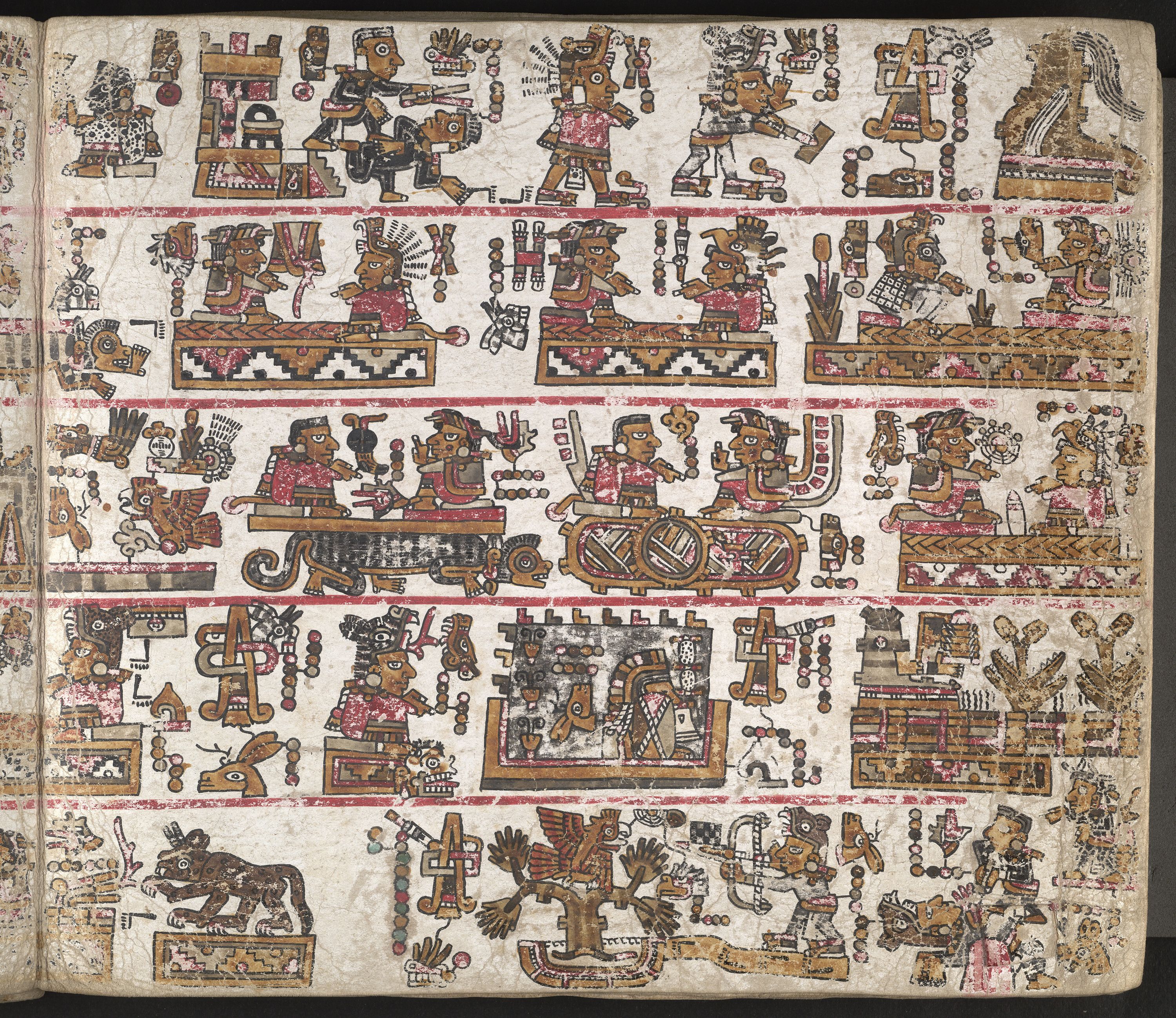ARCHiOx: seeing the unseen
Digitising objects in 3D will give more than the ability to zoom in and examine historical objects in detail.

At present, most digital representations of historical objects capture dimensions and colour, but not relief details on their surfaces – such as scratches or brush strokes. New technologies are enabling this sort of research, including the ARCHiOx project at the Bodleian Libraries.
In collaboration with the Factum Foundation, the Libraries are trialling new technology that may reveal previously unseen details on the surfaces of some of their most celebrated artefacts. The ARCHiOx Project, funded by the Helen Hamlyn Trust, is expected to present fascinating new avenues of exploration and research, revealing previously unrealised or unrecorded aspects of items.
The ARCHiOx Project will use both a prototype photographic system and 3D scanning to capture intricate details on the surfaces of objects in the Bodleian. These technologies – the Selene Photometric Stereo Scanner and the Lucida 3D scanner – have been developed by artist-engineers at the Factum Foundation specifically to capture the fine surface texture of items such as documents, paintings and murals. They are non-contact, so using them will not damage the artefacts.
The Photometric Stereo recording started with the Rawlinson collection of printing plates – including those designed by Romantic poet, William Blake – and Sanskrit palm-leaf manuscripts. This will be followed by the re-recording of the Gough map and the 3D digitisation of the Aramaic Arshama Seals. Scratches and markings made by pens, copperplates, seals, handling and more will now be recorded in outstanding detail.
The Selene Photometric Stereo Scanner is based on a technique known as photometric stereo: it uses 2D images taken under several different lighting angles to extract very detailed information about the surface of an object. The Lucida Scanner is a close-range laser recording system that captures high-resolution surface texture data. The Lucida is unique in that it records the 3D surfaces of low-relief objects without being affected by their colour or material properties – the texture of a gold object can be recorded to the same degree of accuracy as the surface of a marble relief.
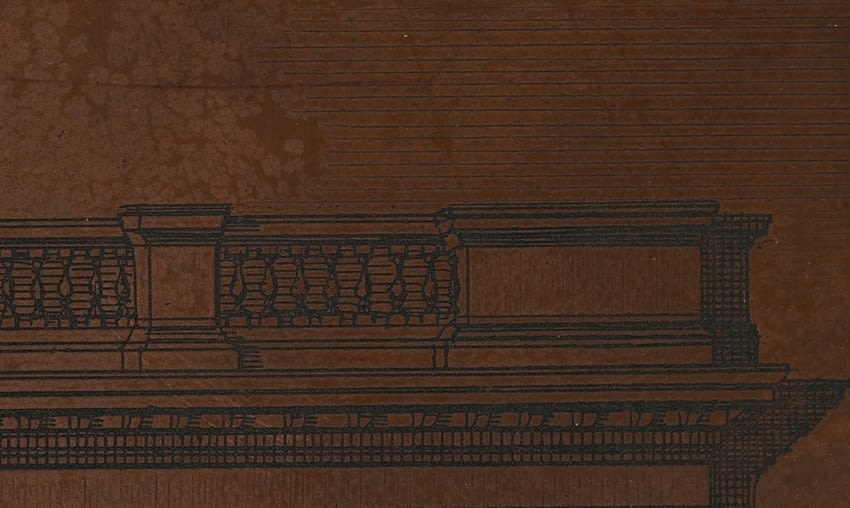
Original copper plate from the Bodleian Libraries, acquired with the Photometric Scanner © Factum Foundation
Original copper plate from the Bodleian Libraries, acquired with the Photometric Scanner © Factum Foundation
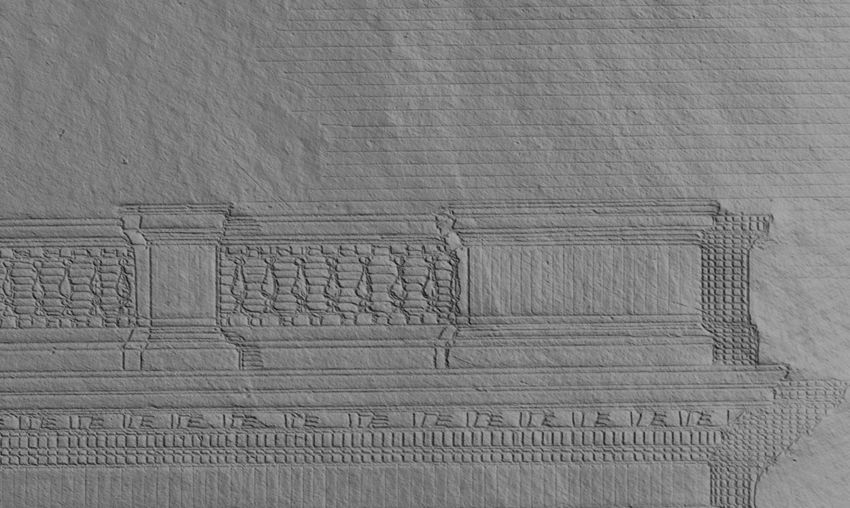
Original copper plate from the Bodleian Libraries, acquired with the Photometric Scanner © Factum Foundation
Original copper plate from the Bodleian Libraries, acquired with the Photometric Scanner © Factum Foundation
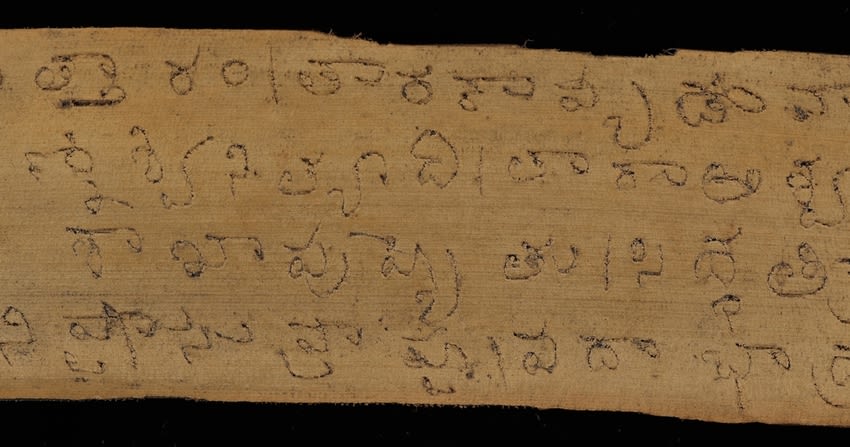
A Sanskrit palm leaf manuscripts at the Bodleian Libraries © Factum Foundation
A Sanskrit palm leaf manuscripts at the Bodleian Libraries © Factum Foundation
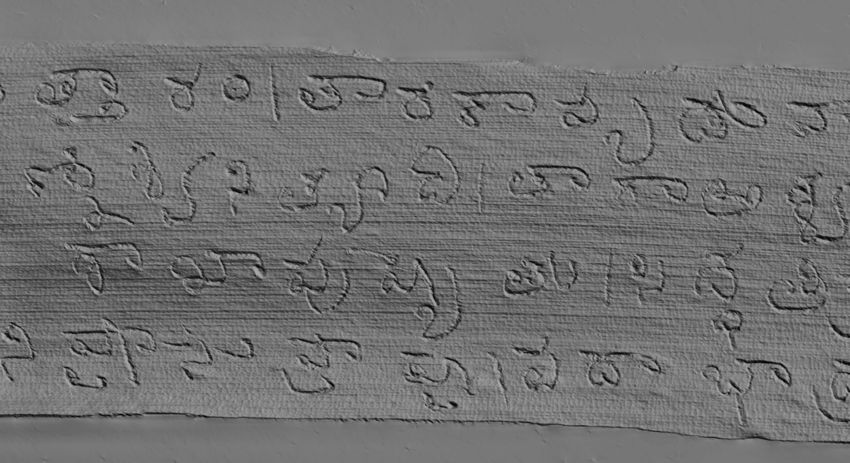
Colour information of one of the Sanskrit palm leaf manuscripts at the Bodleian Libraries, acquired with the Photometric Scanner © Factum Foundation
Colour information of one of the Sanskrit palm leaf manuscripts at the Bodleian Libraries, acquired with the Photometric Scanner © Factum Foundation
Factum Arte began developing these technologies in response to the growing need for high-resolution surface data of paintings, whose dark colours and glossy surfaces can be problematic for typical 3D scanners. High-resolution surface data is essential for research; when used in conjunction with colour data, it allows researchers to ‘rematerialise’ an object.
Similar digitisation projects have allowed the Libraries to uncover more about the histories of their famous artefacts. With the help of a mobile laboratory for instrumental analysis (MOLAB), the digitisation of the Codex Mendoza marked the first digital recreation of a Mexican codex in the world, while high-tech imaging allowed new discoveries in the Codex Selden. The technologies used in these projects not only gave communities and scholars in Mexico and across the world access to these important texts, but enabled researchers to evaluate the existence of different painting traditions, and their historical and geographical distributions. Similarly innovative projects have looked at the Libraries’ Gough and Selden Maps.
Being able to capture surface relief data in subtle detail will generate greater understanding and exploration of printing, binding and handwriting techniques across history and the world. It will also open up new and unexplored research paths and enable audiences across the world to access digital objects.
'We look forward to telling new stories about items in our collections and to identifying future pathways for delivering this kind of content to the research community.'
Judith Siefring, Head of Digital Collections Discovery, Bodleian Libraries
